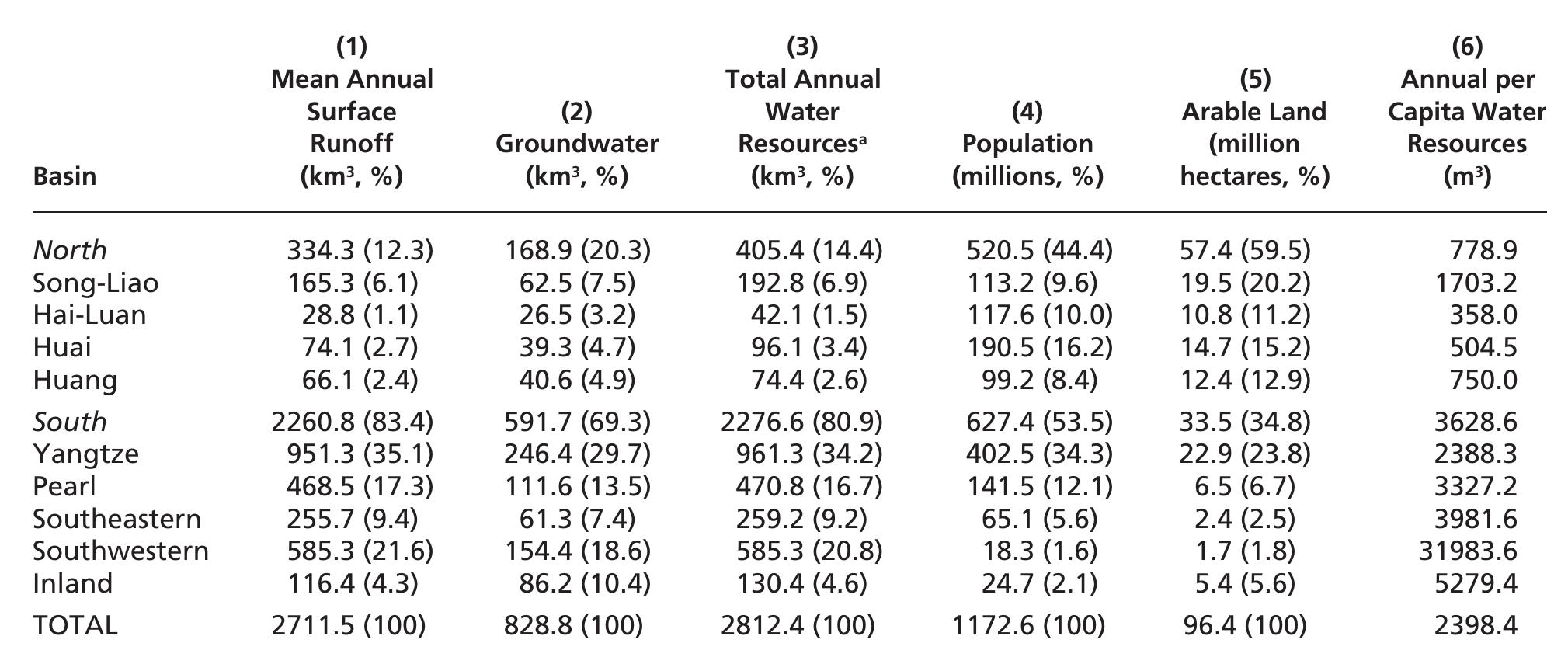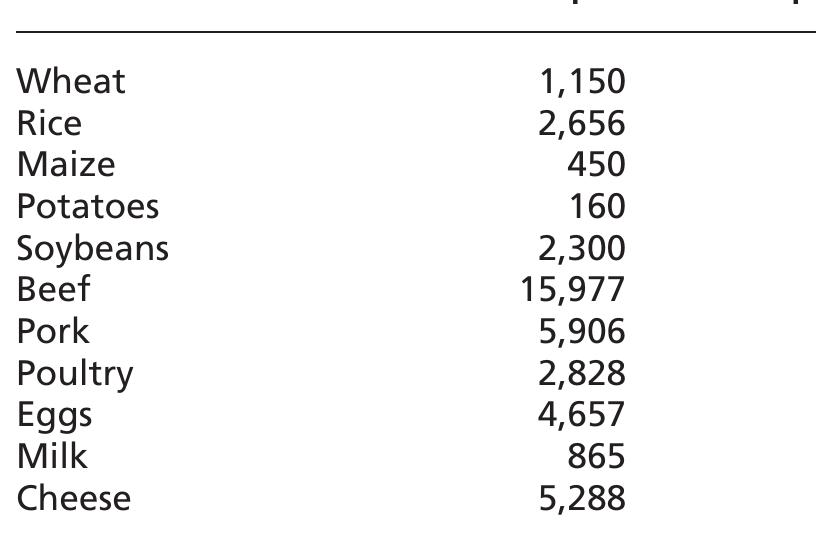£24.99, 304 pages. 'Talent Management' (TM) has recently attracted much attention from academics and practitioners alike. Many books, articles and surveys have been published, and consulting firms attracted by its market potential (Iles,...
more£24.99, 304 pages. 'Talent Management' (TM) has recently attracted much attention from academics and practitioners alike. Many books, articles and surveys have been published, and consulting firms attracted by its market potential (Iles, 2007, 2008). The literature reveals a lack of clarity regarding the definition and scope of TM; different companies and researchers seem to have their own conceptions and understandings of it, ranging from 'inclusive' to 'exclusive' (CIPD, 2007). This book by Cappelli, a leading American researcher on employment relations, is very timely in addressing many issues in TM. It follows earlier work on careers, the breakdown of lifetime employment and the move towards more market-driven employment relationships, and borrows concepts from economics, focussing on human capital management, and operational research, focussing on managing supply chains. An interesting feature of the book is that, unlike many American books, it takes a more global perspective; in particular it benefits from a study of TM approaches in Singapore (both companies and government) and India, especially IT companies. A brief international comparison focuses mainly on the UK and Singapore; another brief chapter appendix looks at development models from abroad, focussing on Singapore and India. This 'talent on demand' approach usefully complements those that emphasize the supply of talent (probably most trainers and the human resource development [HRD] community generally). TM is 'the process through which employers anticipate and meet their needs for human capital' (p. 1), similar to supply chain management. Failures include mismatches between supply and demand, such as having too many employees ('inventory') leading to lay-offs, restructuring or turnover because of perceptions of lack of career opportunities, or too few, leading to shortages; both undershooting or overshooting carry costs, and failures in managing this balance have led employers to lurch from surpluses to shortages. Most employers either do nothing, making no attempt to anticipate needs and making no plans to address them, or use old complex legacy systems of forecasting and succession planning from the 1950s. Many ideas now often presented as novel and best practice TM, such as assessing potential, 360-degree feedback, assessment centres and coaching, come from this era. Cappelli is very critical of these as both inaccurate and expensive; no plans are really better than poor plans as mistakes (e.g. talent excess) are very costly, and employees' expectations may be built up, leading to retention problems if disappointed. Cappelli points out that TM is not an end in itself, nor is employee development; both are about business success (the book is firmly aimed at managers and employers; it has very little in the way of advice or help for individuals wishing to plan their careers). Rejecting both the bureaucratic planning model and the free agency model,







































































































































